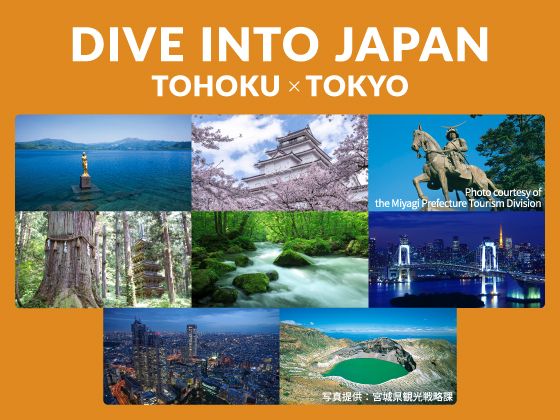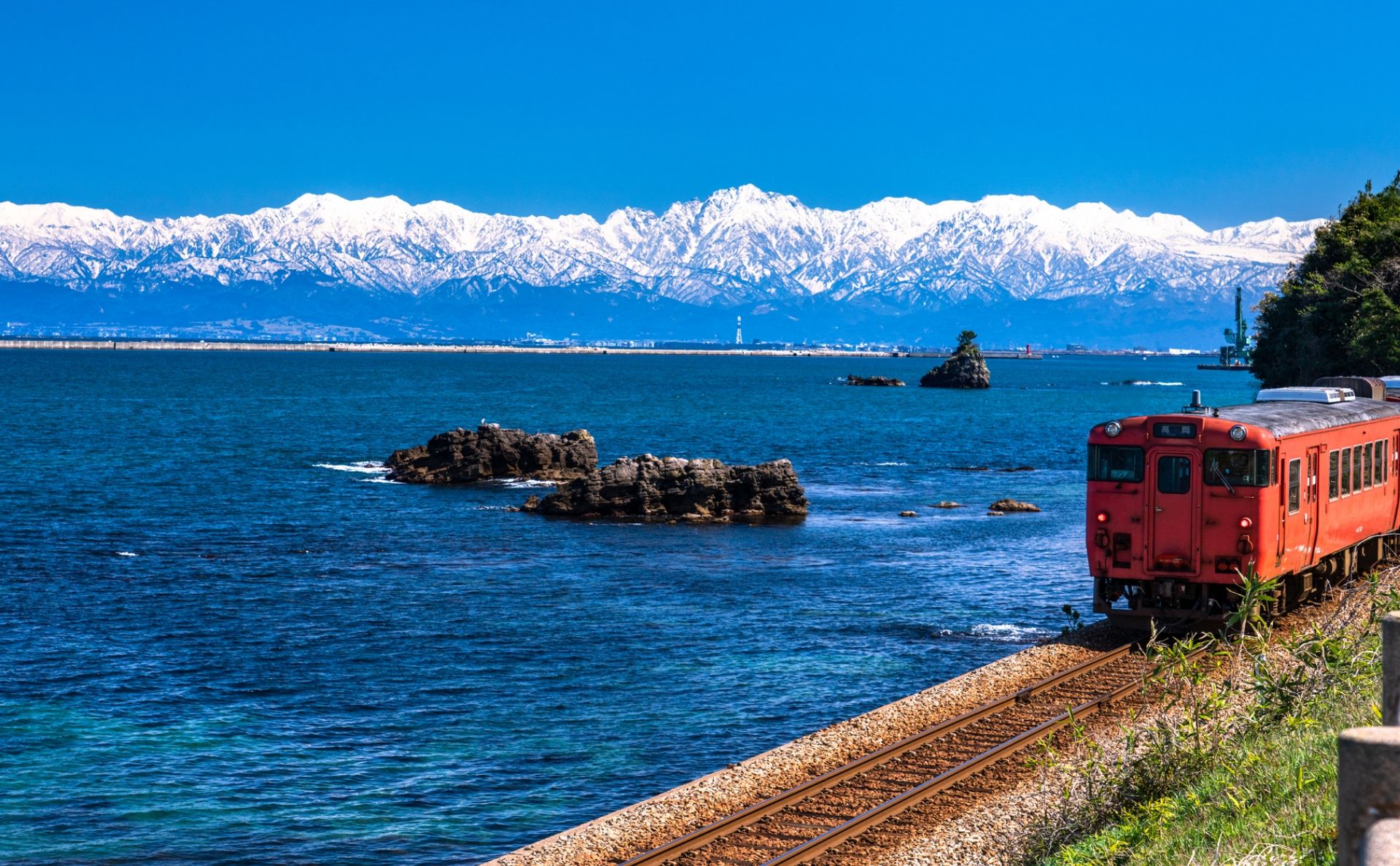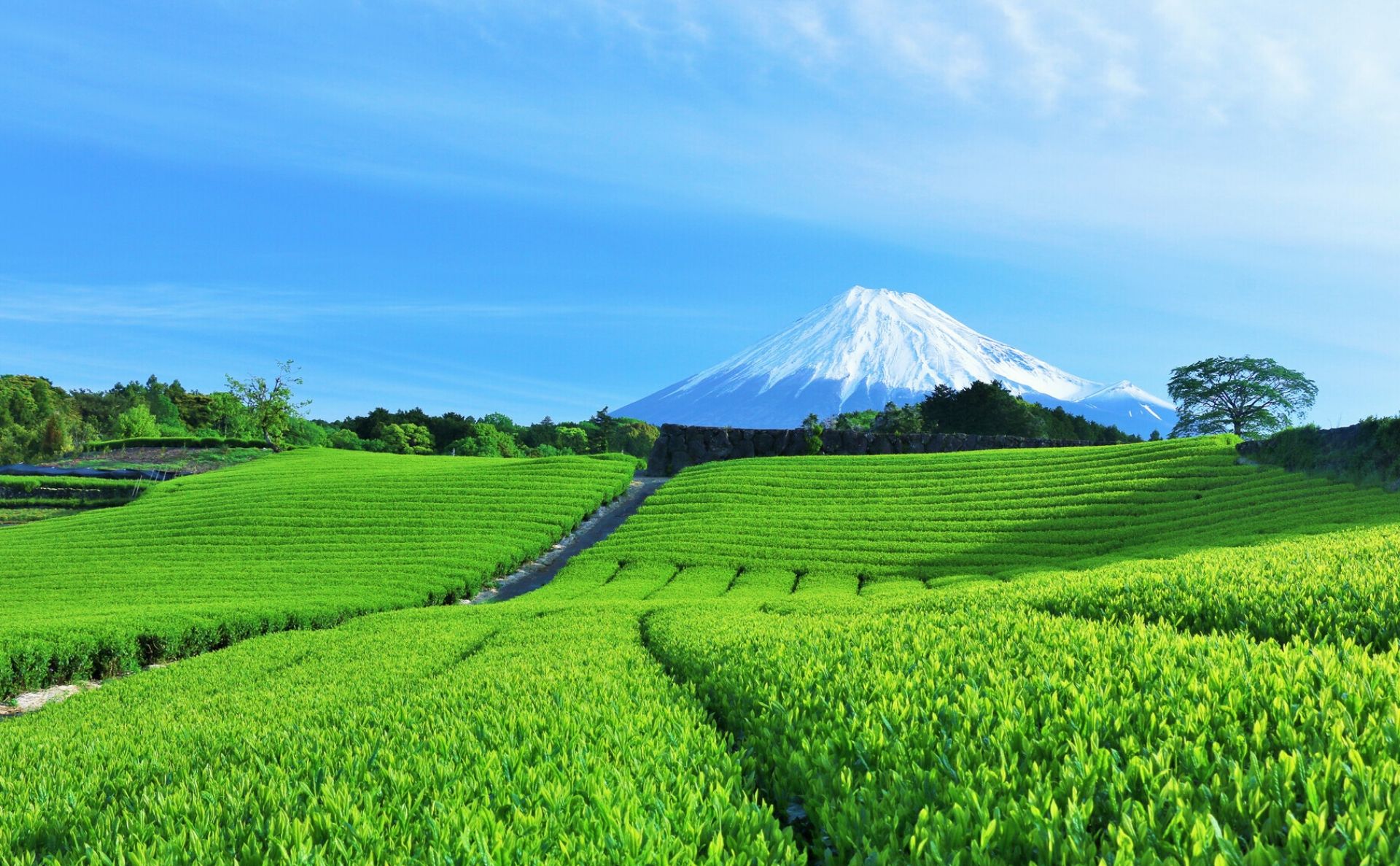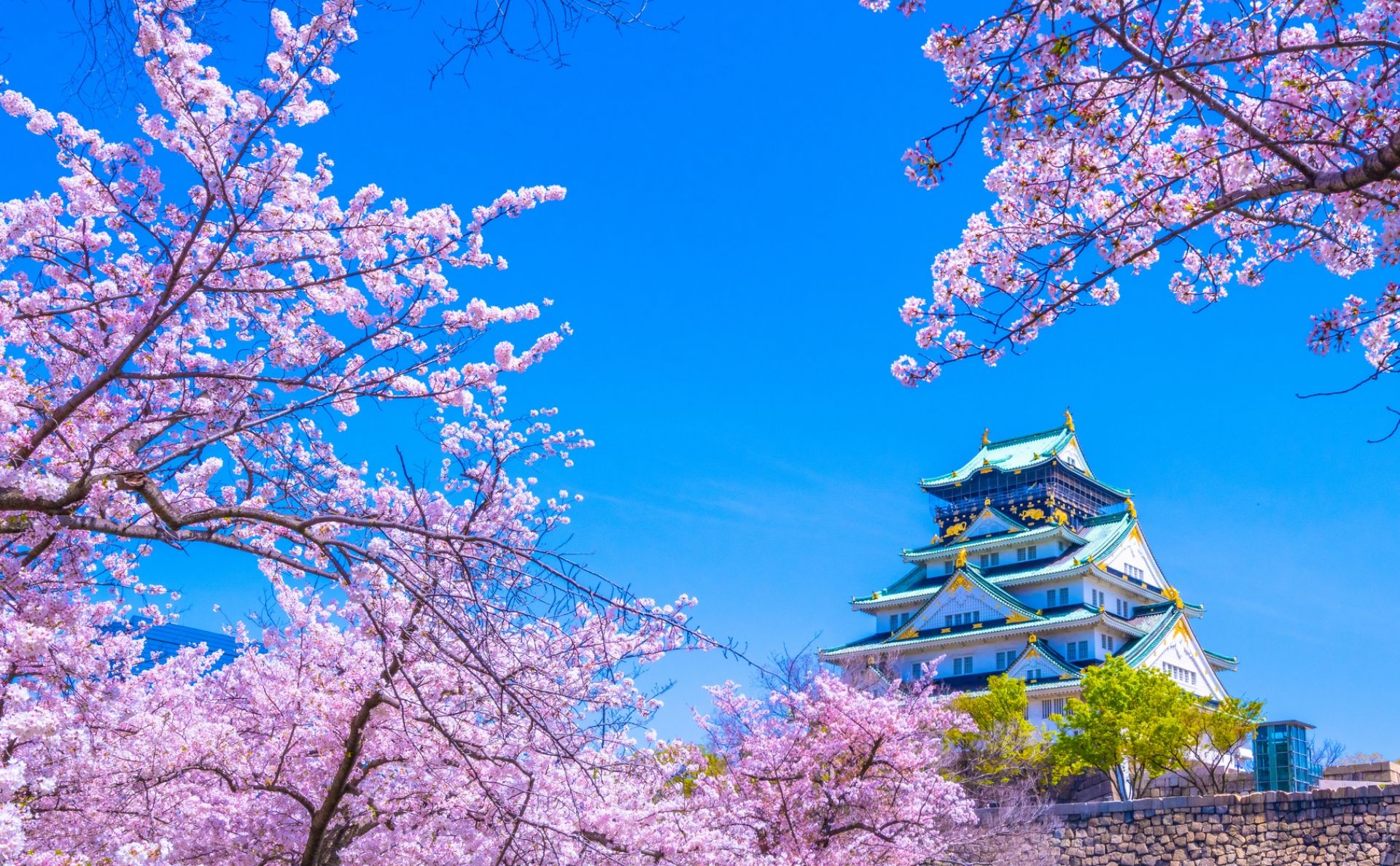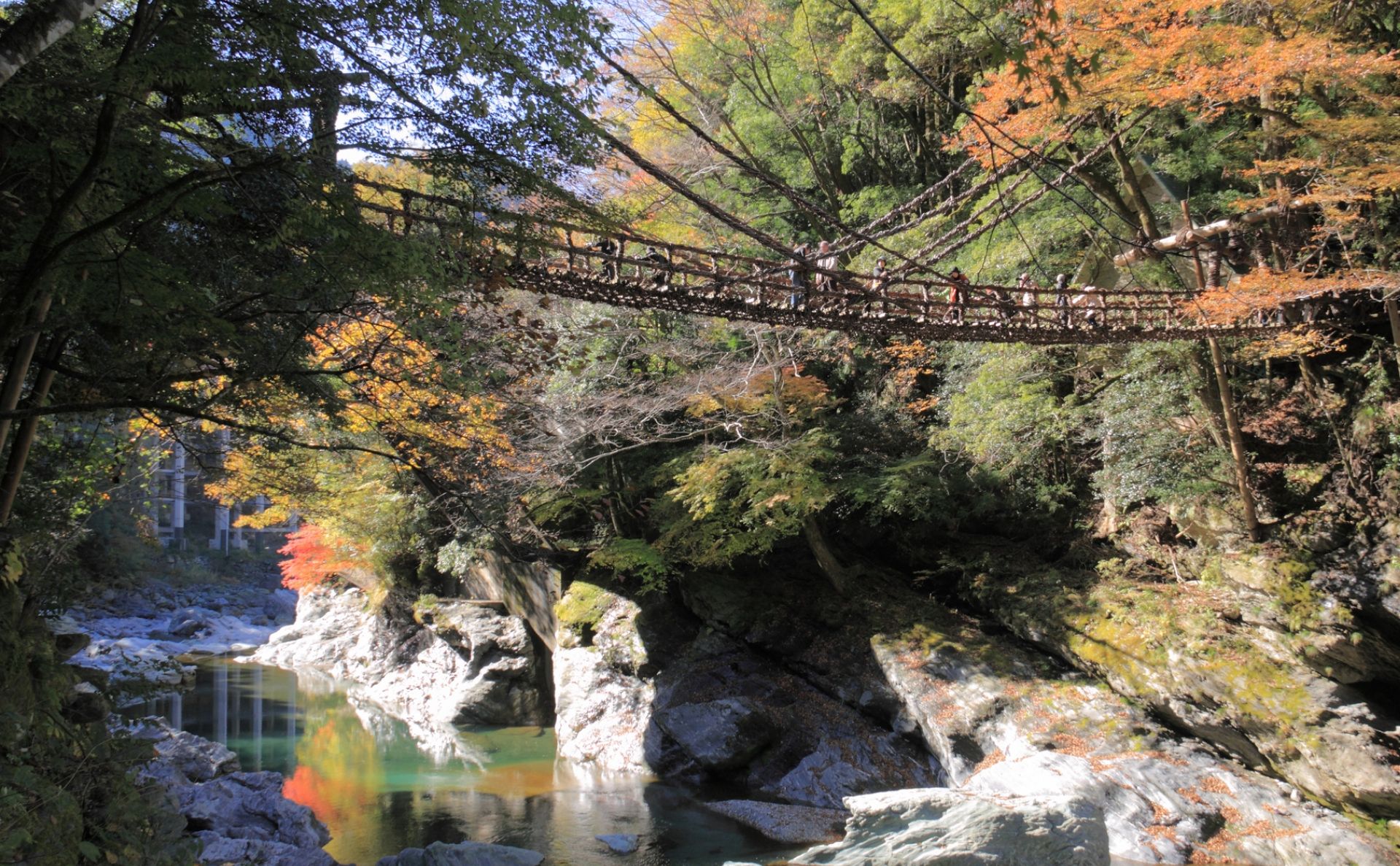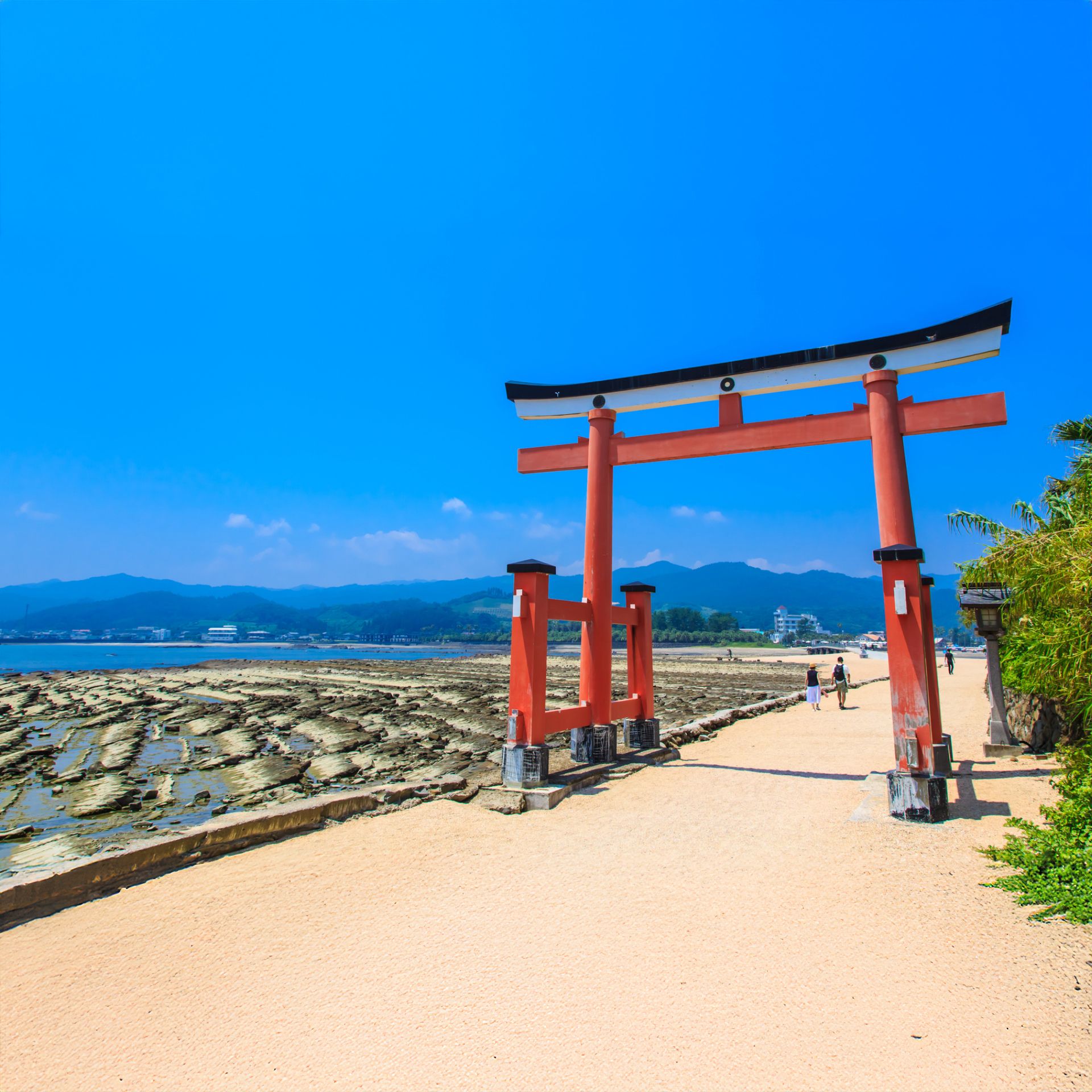Tohoku
A Journey Through
Timeless Traditions
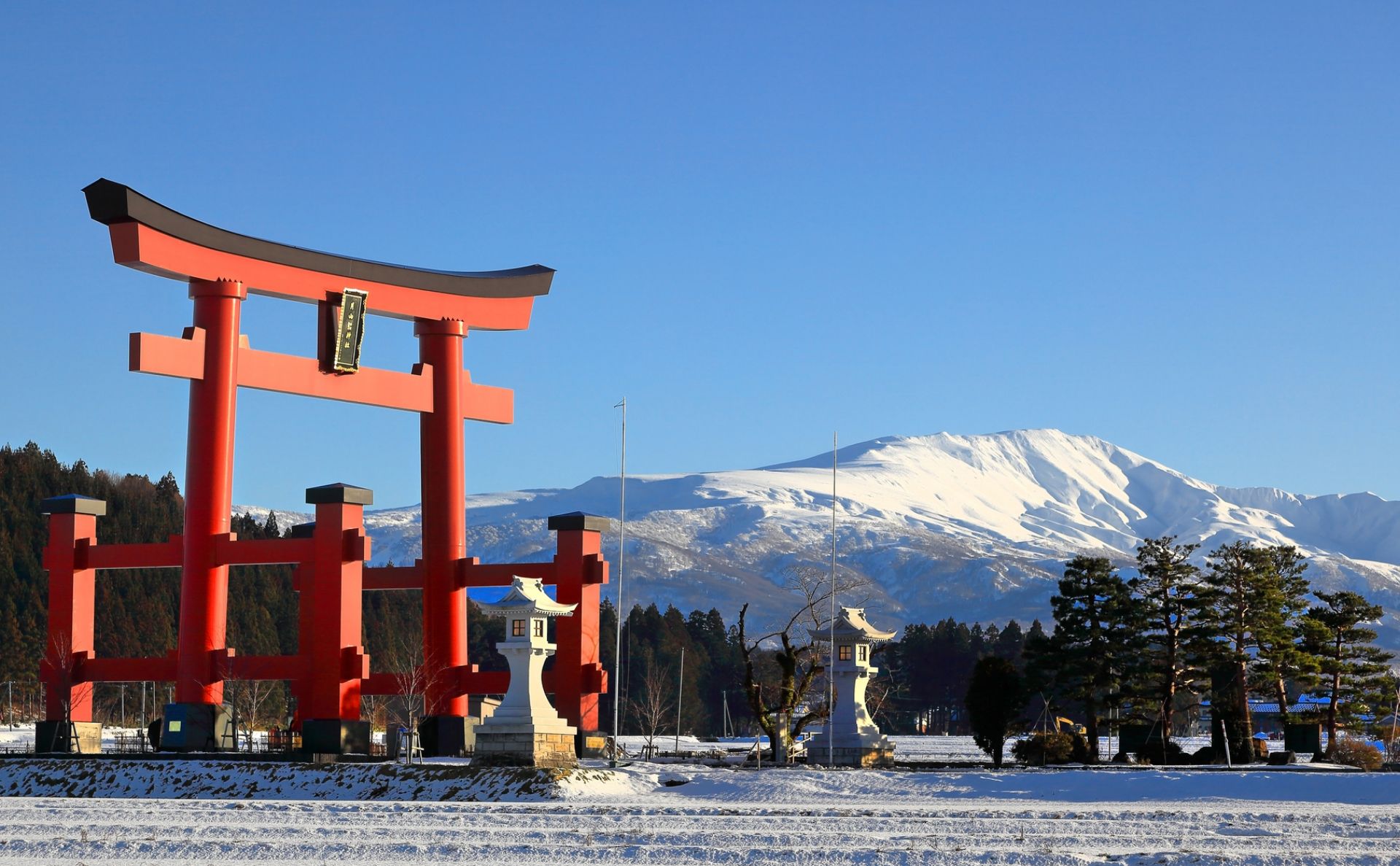
Discover Tohoku, where Japan’s traditions come alive. Join local festivals, explore samurai-era castles, and feel the spirituality of ancient temples and shrines. All while enjoying delicious local cuisine. Surrounded by natural beauty, Tohoku invites you to experience its rich cultural heritage and artisanship through memorable, hands-on experiences.
Tokyo
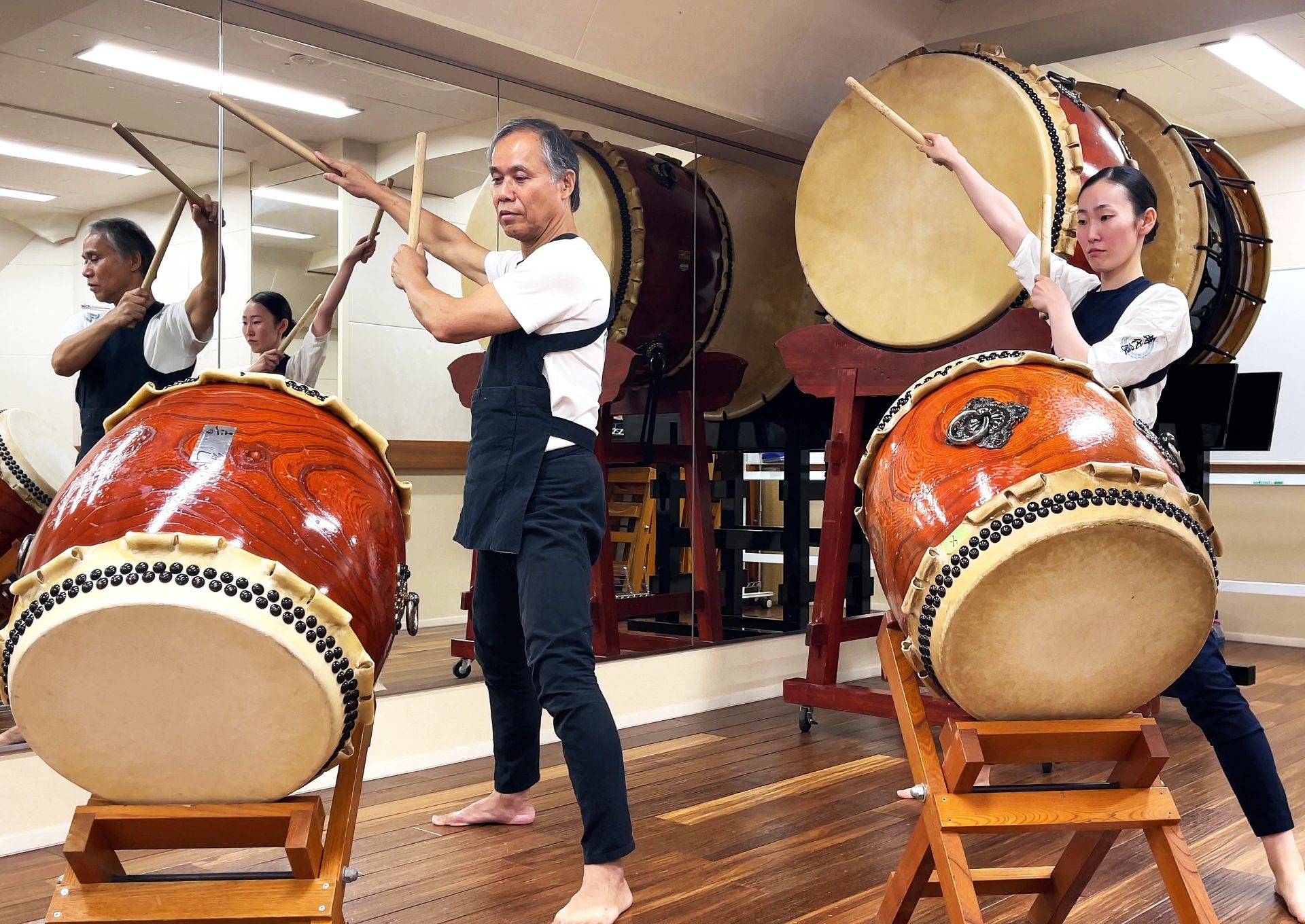
Asakusa, Tokyo
Photograph courtesy of ASAKUSA JIDAIYA
Begin your journey into Japan’s traditions with the powerful rhythm of Taiko drumming in Tokyo’s historic Asakusa district. This experience provides the perfect introduction to the spectrum of cultural heritage on offer in Tohoku. Traditionally used in festivals and Shinto rituals, Taiko drums are not only impressive but also physically engaging, making the activity fun and beneficial for all ages. Instructors guide you through the basics, and even first-timers will be able to perform a simple piece by the end of the session. English explanations are available for international guests, making sure that everyone can join with confidence. Participants can try the drums in traditional attire at cetain places, and there’s also the option of booking a private session. After this exciting experience, you can board the Shinkansen and, in just 90 minutes, head north to Sendai, the gateway city to the Tohoku region.

The Tohoku region is located in the northernmost part of Honshu, Japan’s main island. There are several ways to travel there from Tokyo, including bullet train, express bus, and airplane.
Sendai
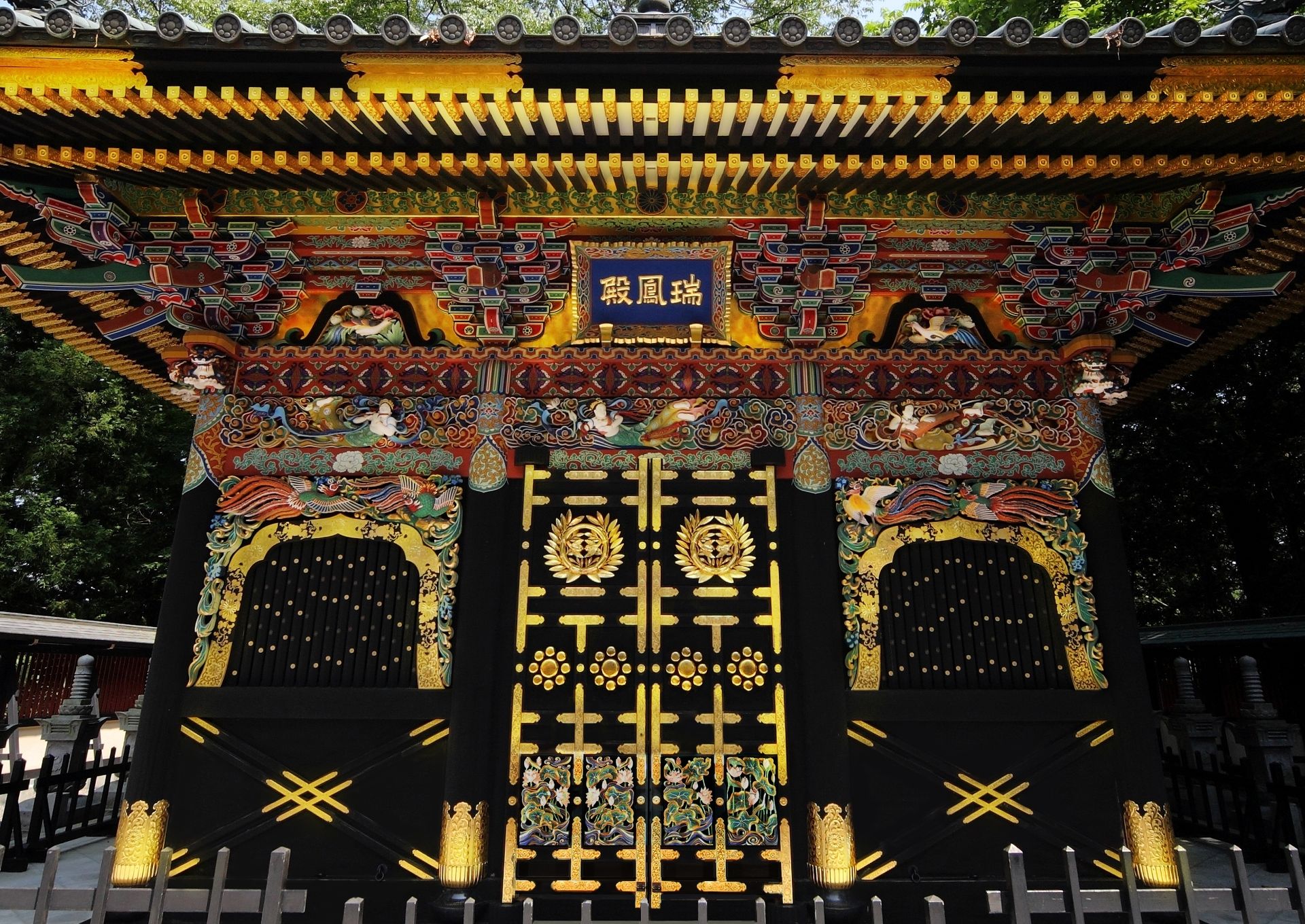
Zuihoden, Sendai
Photograph courtesy of Zuihoden Foundation
Sendai, the largest city in northeastern Japan and the capital of Miyagi Prefecture, is a great starting point for exploring Tohoku. It is a modern city with a deep connection to Samurai history, deserving the nickname “City of Trees” due to its abundance of greenery. Sendai was founded in the early 17th century by the feudal lord Date Masamune. An important spot linked to his legacy is the Zuihoden Mausoleum on Mount Kyogamine. Built in 1637 according to Masamune’s last wishes, Zuihoden is an example of the lavish Momoyama architectural style. Although the original structure was lost during World War II, it was faithfully rebuilt in 1979 and went through a major renovation in 2001 for the city’s 400th anniversary. Today, you can admire the vibrant colors and intricate wood carvings, restored to reflect the original design. Surrounded by ancient cedar trees, the mausoleum is a peaceful graveyard offering a glimpse into Sendai’s samurai past.
Miyagi
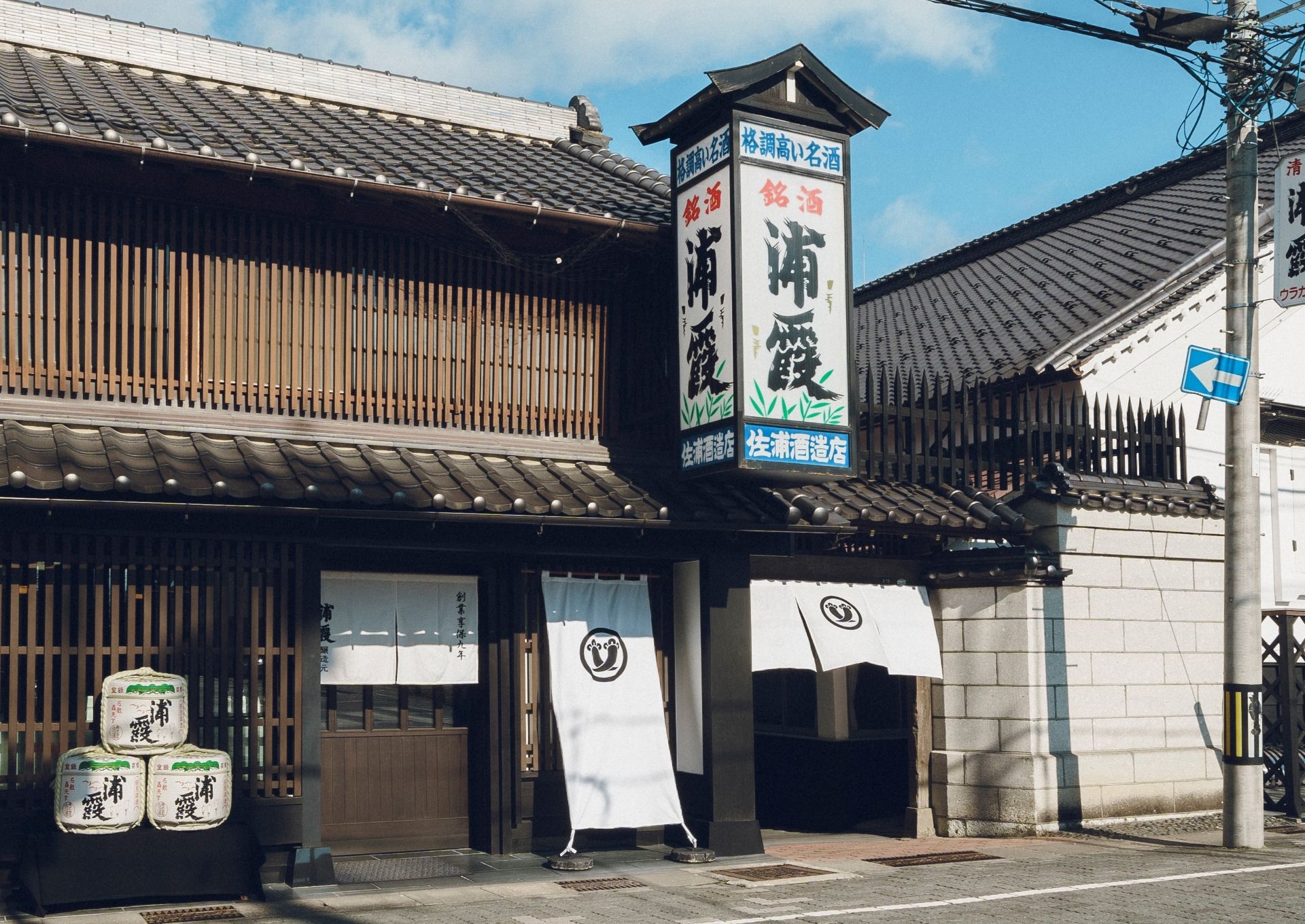
Urakasumi, Miyagi
Miyagi is the most populated prefecture in the Tohoku region, known for its historical attractions, hot springs, natural beauty, and delicious seafood. Sitting along the coast between Sendai and Matsushima is the city of Shiogama. A walk through this port town begins at its spiritual heart: Shiogama Shrine. Revered as the guardian of the Tohoku region, it has stood for centuries as a center of devotion and political significance. The city’s name, meaning “salt cauldron,” comes from an ancient method of boiling seawater to make salt: a ritual still performed every July at the shrine. From here, stroll to the historic Urakasumi sake brewery, founded in 1724 as the official sake supplier for the shrine. Using local rice and traditional techniques, it continues to produce refined ginjo sake. Nearby, Oota Yohachiro Shoten has crafted miso and soy sauce for over 170 years, preserving the flavors and spirit of Shiogama.
After enjoying the charms of Miyagi Prefecture, you can reach your next Tohoku destination, Aomori, in less than two hours from Sendai by the Hayabusa Shinkansen.
Aomori
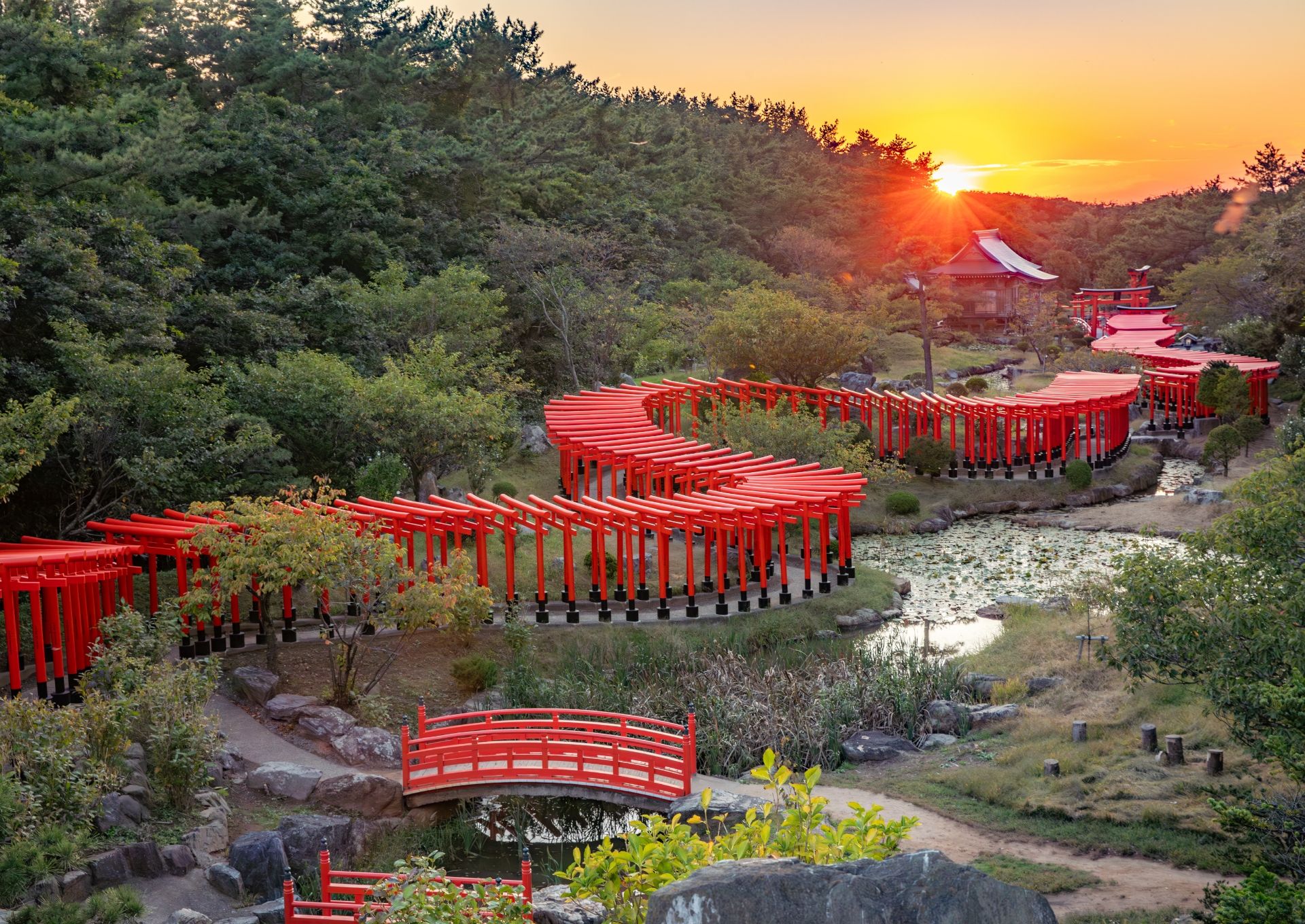
Senbon Torii, Aomori
Aomori Prefecture, situated at the northern tip of Honshu, is a more off-the-beaten-track area featuring unspoiled nature, dramatic landscapes, and a vibrant local culture highlighted in its renowned festivals. In the western part of the prefecture lies the Tsugaru area, where tradition runs deep, shaped by centuries of folklore. One of its most fascinating sites is Takayama Inari Shrine in Tsugaru City, famous for its rows of vermilion two-meter-tall torii gates – called Senbon Torii – stretching through the landscape in a striking procession and making it the perfect spot for photography. Whether surrounded by spring blossoms, summer greenery, or winter snow, the shrine offers breathtaking views and a peaceful, spiritual atmosphere. With a history of around 600 years, the shrine honors deities of agriculture, good fortune, and protection. Countless stone fox statues watch over the grounds, and from a nearby hill, you can take in the full beauty of the site.
To reach your next destination, Akita, you can take the Limited Express Tsugaru, which runs three times a day, or ride the scenic Resort Shirakami train along the Sea of Japan coast.
Akita
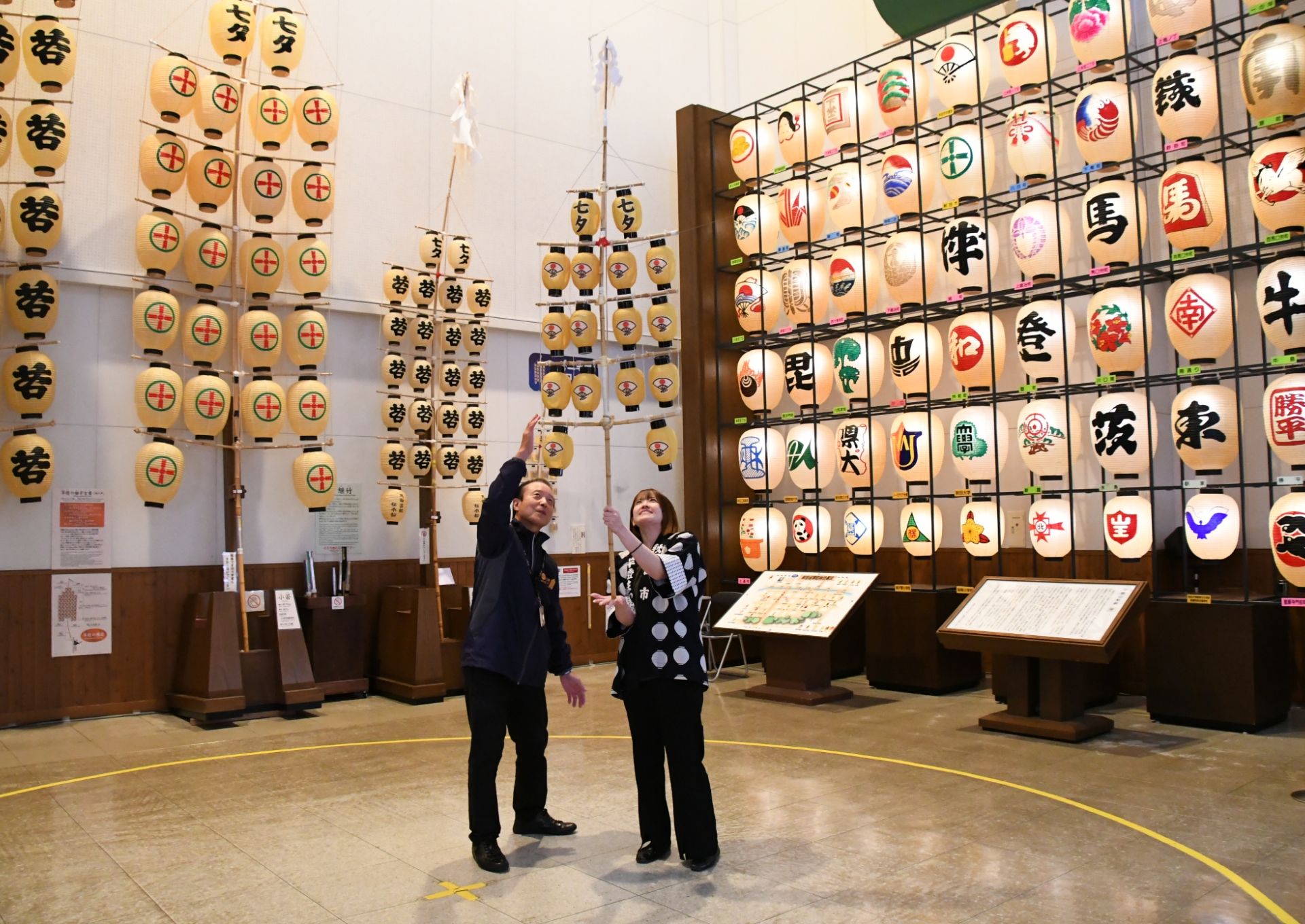
Kanto Festival, Akita
Akita Prefecture, located along the Sea of Japan in northern Tohoku, is mainly known for its snowy scenery, hot springs, vibrant festivals, and a beloved breed of Akita dog. In the heart of Akita City, the Akita City Folk Performing Arts Heritage Center provides a window into the region’s festival culture and folklore. The first-floor exhibition hall features permanent displays, including the towering “Kanto” — bamboo poles nearly 12 meters tall, adorned with 46 glowing lanterns used in the city’s largest summer festival, the Kanto Matsuri. Visitors can also enjoy exhibits on other local celebrations, such as the colorful Hikiyama floats of the Tsuchizaki Shinmeisha Festival and the sacred Bonten from Taiheizan Sankichi Shrine. A hands-on challenge corner allows the opportunity to try balancing a mini Kanto pole for a fun and immersive experience. From April to October, weekend performances by the Akita City Kanto Association bring the excitement of the festival to life right inside the museum.
From Akita, the Inaho Limited Express reaches Tsuruoka in Yamagata Prefecture, the next destination on the journey, in about two hours.
Yamagata
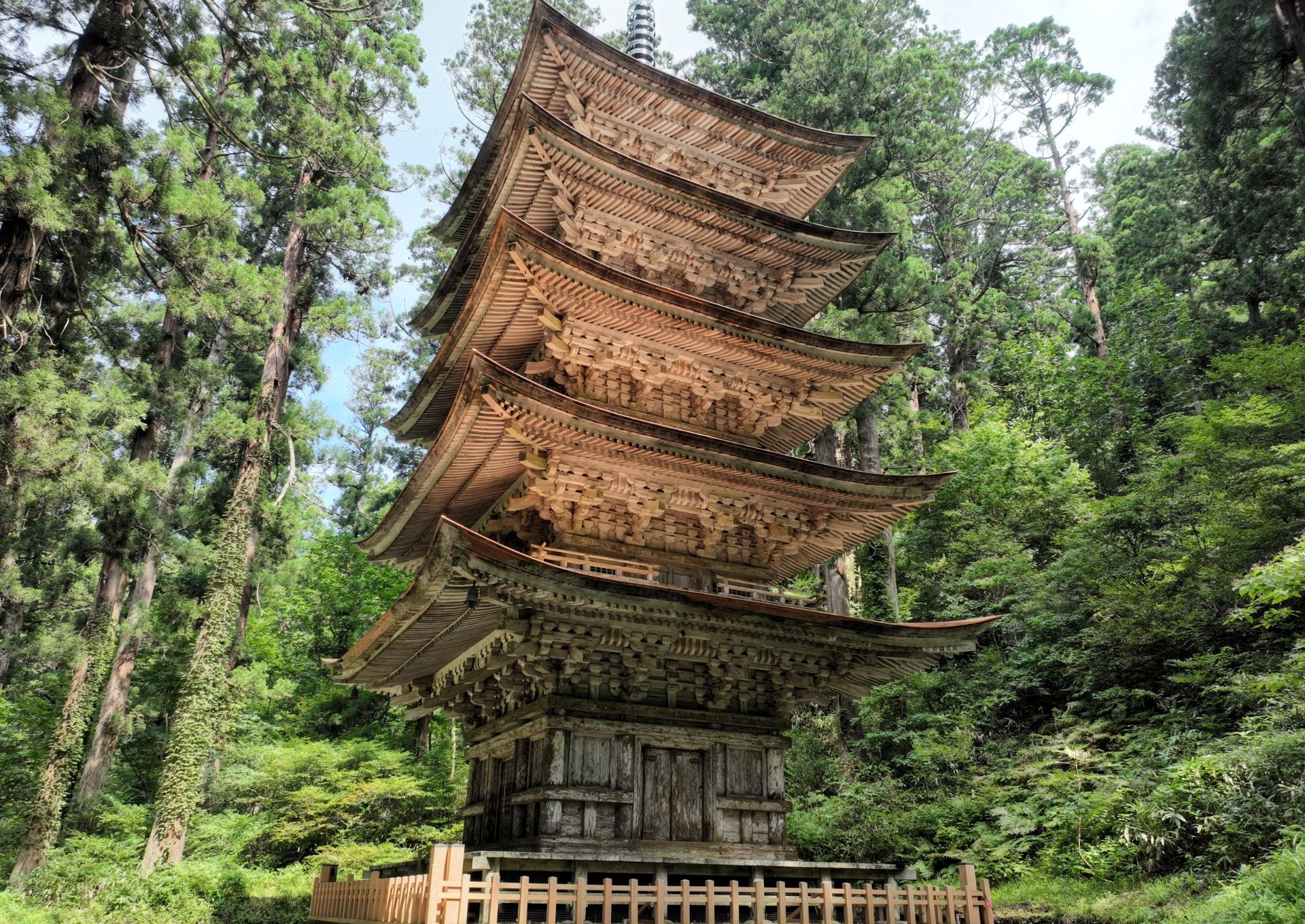
Five-storied Pagoda, Yamagata
Yamagata, part of the southern Tohoku region, is a large prefecture known for its natural beauty, ski resorts, hot springs, and centuries-old spiritual traditions. One of its most revered sites is Mount Haguro, the most accessible of the Dewa Sanzan — three sacred mountains central to the Shugendo faith. At the entrance of the walking trail up the mountain lies the impressive Five-Storied Pagoda, believed to be the oldest wooden structure of its kind in Tohoku. Traditionally attributed to the warrior Taira no Masakado, the current structure was likely rebuilt about 600 years ago. Standing 29 meters tall with a roof made of thin cedar boards stacked on top of each other, the pagoda blends seamlessly into the surrounding ancient cedar forest. Designated a National Treasure, it is a symbol of harmony between nature and spiritual devotion. Nearby, the massive Jiji-sugi cedar, believed to be over 1,000 years old, adds to the timeless atmosphere of this sacred place.
Taking the Yamagata Shinkansen, you can reach the next stop on the trip, Fukushima, in just over one hour.
Fukushima
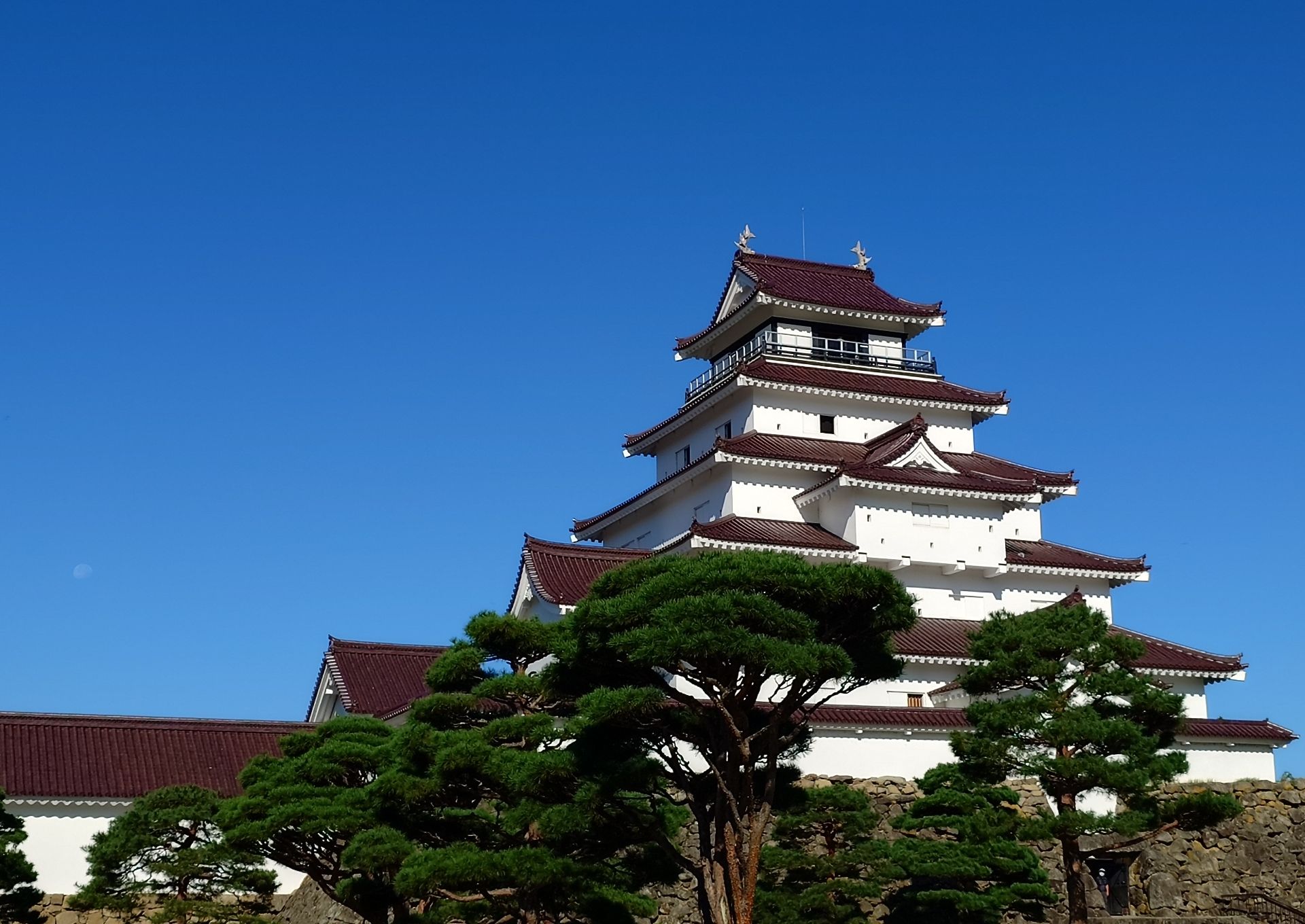
Tsuruga Castle, Fukushima
Fukushima Prefecture is the third largest in Japan and offers a mix of history and natural beauty, from castle towns and samurai traditions to hot springs and seasonal scenery. One of its most renowned landmarks is Tsurugajo Castle in Aizu-Wakamatsu, a symbol of resilience and local heritage. Originally named by Hideyoshi’s general Gamo Ujisato during the Sengoku period, it featured the first full-scale tenshukaku (main keep) in eastern Japan. The castle endured a month-long siege during the Boshin War of 1868, earning its reputation as an impregnable fortress. Although dismantled in 1874, the tenshukaku was rebuilt in 1965 using historical photos. Today, it stands out for its red-tiled roof — an Aizu innovation from the Edo period designed to withstand heavy snow. Surrounded by a vast park featuring around 1,000 cherry trees, Tsurugajo is not only a nationally recognized historic site but also a popular spot for hanami (cherry blossom viewing) in spring.
A journey from Tokyo through Tohoku provides a special opportunity to engage with Japan’s living traditions, which thrive amidst stunning natural scenery. Cultural heritage is not just preserved here: it’s experienced.
Public Transport Operators
-
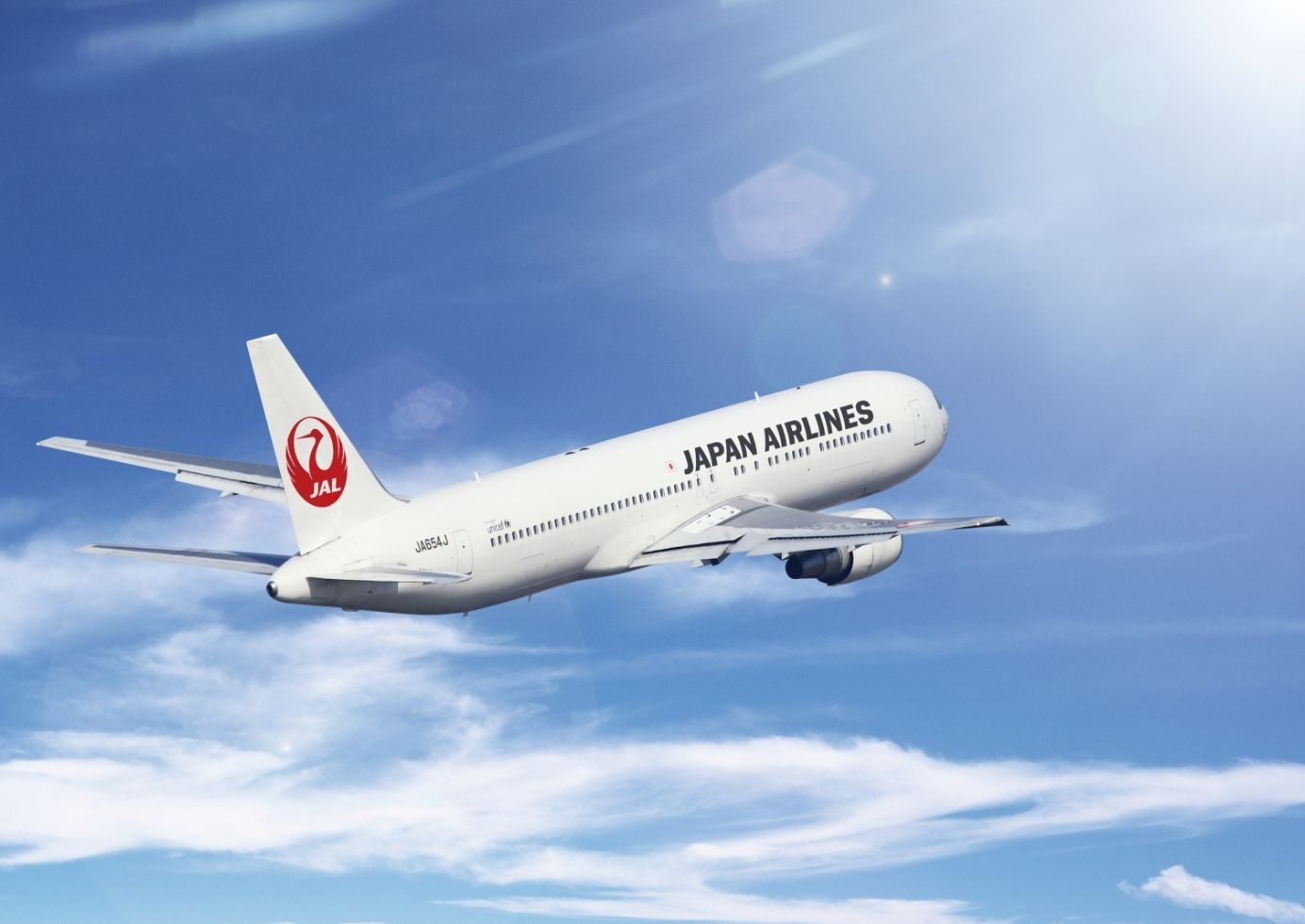
JAL
Japan Airlines operate bound for TOHOKU region at 4 Airport(Aomori, Misawa, Akita and Yamagata) and 16RT/Daily, Also We provide Domestic Discount flight. We look forward to your patronage.
-

ANA
Travel becomes more exciting with ANA. We have an extensive network connecting Japan and the world — including service to over 50 airports nationwide. With warm Japanese hospitality, ANA offers convenient access across the country, making every journey more comfortable and turning your trip into a special memory.
